5 things Apple must do to win the music streaming war
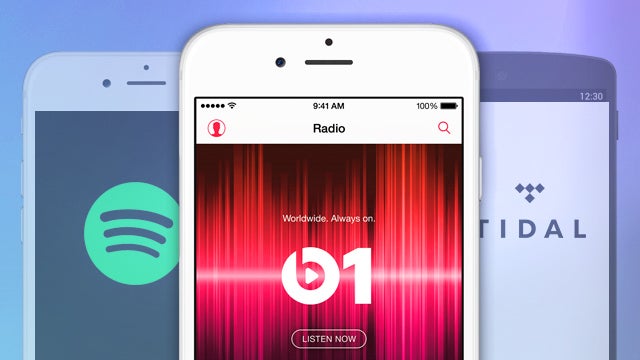
OPINION: Max Parker has been using Apple Music since the start – for some reason – but he thinks Apple needs to do a lot more than just alter the design for it to be a real threat to Spotify
If the rumours are to be believed, Apple will use its WWDC keynote in June to announce wholesale changes to its music streaming service. That might seem slightly odd, since Apple Music only launched properly nine months ago.
Yet it’s exactly what needs to happen. Apple Music isn’t too bad – I’ve been using it along with Spotify since its introduction – but that’s about as much praise as I can heap upon it. It’s sometimes slow and clunky, but its integration with the Apple products dotted around my flat make it a handy service.
I want Apple Music to be a success, and here are a few things that I feel would make it just that. Got your own views? Leave them in the comments below.
Related: Which is the best music streaming service?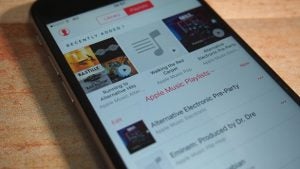
1. Make it a whole lot faster
My biggest gripe with Apple Music in its current form is speed. It’s just slow.
There are a good few seconds of complete unresponsiveness whenever I open up the app, made even longer when I jump between the ‘For You’ and ‘New’ sections. That spinning ‘Loading’ screen always appears, and frustrates me every time.
Maybe it’s the overuse of the images in the Playlist sections that causes this slowness, or maybe it’s just lacking optimisation, but it’s instantly obvious and hasn’t improved in the nine months since release.
2. Separate it from iTunes, completely
Apple Music is already separated from iTunes on iOS devices, but it isn’t on OS X. If you want to use the service on your MacBook or iMac, you’re going to have toil and struggle and be endlessly frustrated by the utter mess that is iTunes.
There are two things Apple could do to sort this out. First, and this is my preference, would be to have a separate Apple Music app on OS X. It could – well, should – be fast, simple and light with the single purpose of getting you straight to the music. Ditch the store, ditch the Movies, TV Shows and Apps tabs and all that other superfluous rubbish.
Or, if it wanted to keep the two services bundled together, it needs to integrate Apple Music more into iTunes. When I’m in the iTunes Store, why doesn’t it give me the option to stream it instead of buy? Why does there need to be a separate homepage for Apple Music and the iTunes Store? There doesn’t.
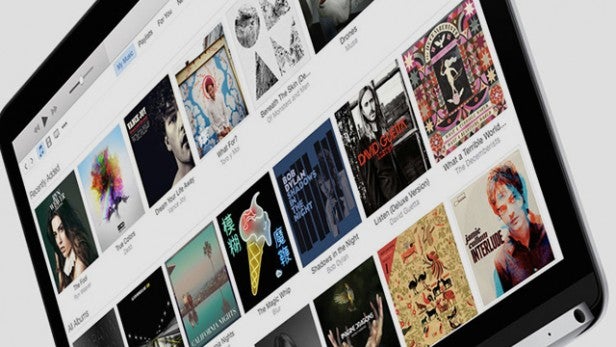
Oh, and while you’re at it, Apple, can we please have an online version of the app? Spotify, Google Play Music and Tidal all have one, and it’s vital if your work laptop is locked down and won’t let you install apps.
3. Higher-resolution streams
Lossless music streaming isn’t anything new – Tidal has been doing it for a while now, and there are numerous other services out there that even offer hi-res FLAC streams – but Apple should still implement it.
There are rumours, strong rumours, that Apple’s iPhone 7 will ditch the headphone jack and force all audio to be outputted via the Lightning port. While this might be annoying, allowing headphones to integrate higher-quality audio processing could be a serious bonus.
Giving people a strong set of Lightning earbuds in the box, and showing them how great high-quality streams sound, might just be enough to curb the likely public outcry if (or when) the holy 3.5mm headphone jack is removed.
Apple Music is the perfect platform for Apple to showcase one of the iPhone 7’s biggest features.
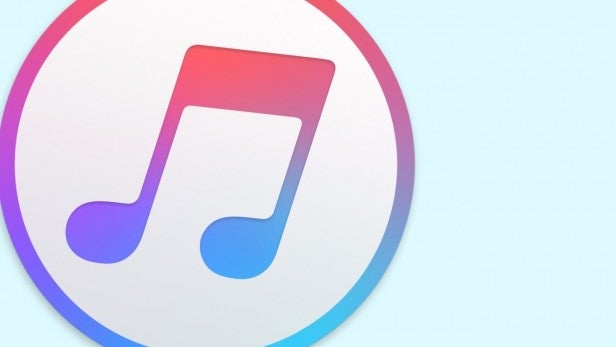
4. Sort out the Offline experience
Out of all the music streaming services I’ve used extensively (Spotify, Google Play, Apple Music, Tidal), Apple’s one is the least reliable when it comes to offline performance.
There have been countless times when I’ve downloaded a playlist, only to find it deleted or unavailable when I try to listen to it. This happens on both iOS and Android, and seems to occur more frequently when the playlists are longer. Shorter ones seem fine.
Again, I can’t say why this is. Maybe it’s the optimisation or just a buggy build. But it’s one of the major downsides of Apple Music at this stage.
5. Don’t rely on the exclusives
It’s an easy way out, but not one that will win you long-term users. Tidal’s popularity in the App Store charts rocketed when Kanye West dropped The Life of Pablo and then Beyonce released Lemonade, but I’ll be interested to see how many people stick around once the enticing trial period ends.
Apple Music’s first big exclusive, Drake’s Views, shows that this trend is likely to continue and I can only imagine that Apple is already trying to frantically sign up Taylor Swift and make her next album an exclusive.
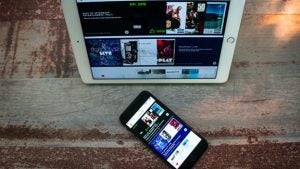
Music, unlike TV, has never really had exclusives. TV channels and networks have always had their exclusives, so it’s not much of a surprise to see Netflix and Amazon following, but CDs have always been open to everyone.
I’d be naive to think exclusives weren’t going to be a huge part of the future of the music industry, but it’s not something I’m at all excited about.
Apple Music is far from dead, but there’s a long way to go
The initial rumours of the Apple Music relaunch don’t make it sound like Apple will be righting many of the wrongs, though.
Maybe the predicted black-and-white layout will be easier on the eyes and there might be one person out there who needs lyrics integration, but it’s far more important that Apple looks at how the system works as a whole and how it performs.
Spotify isn’t the best-looking app, but I prefer it because it’s fast and reliable – two things Apple Music isn’t.
(apester:5731b72c5dc790645b1beee7)
What are your thoughts on Apple Music? Let us know in the comments below.


